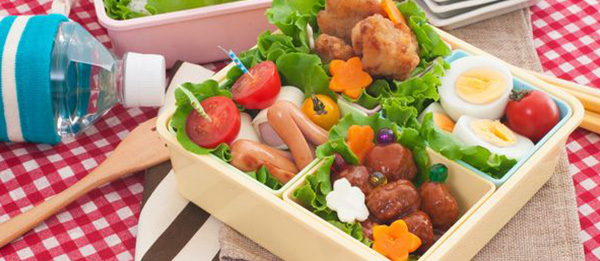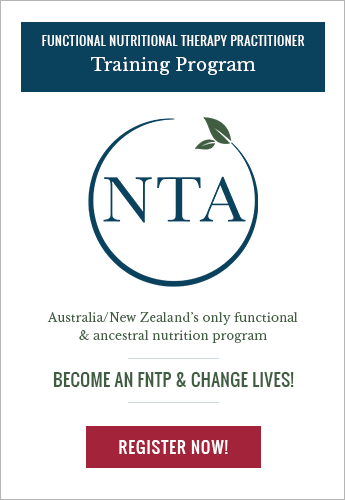
Lunchbox Strategies
1 October 2016 by Leanne Scott

I'm a big believer in keeping things simple and being efficient – we all have too much to do. I don't want to spend much time preparing lunch day after day for 180 days, so here's how to hack whole food school lunches:
1. Take a logistical approach and begin batch preparing meals. Use the time that you are preparing dinner to kill 2 birds with one stone. Chopped-up fresh veggies can become a great dinner accompaniment and also part of the next day's lunch. Slices of leftover roast or chicken make excellent, healthy protein for lunch.
2. Over the cooler months, consider a thermos and use leftovers. Leftovers cut down on effort massively and obviously, you need a thermos to be able to send them warm. If your kids aren't used to taking leftovers for lunch, it might take a while to transition them, and in that case do it slowly, say one lunch of leftovers a week to start with. Gradually increase the number until most of their lunches are yesterday's dinner.
Mix up a selection of leftovers, fresh foods, and non-perishables. Having a good mix of these three categories means that your packed lunch will come together faster. It also generally provides a good variety and a nice selection of textures for your lunch eaters to explore. Examples:
Leftovers – last night's minced beef or slices of the lamb roast, pieces of cubed leftover chicken
Fresh foods – cut fruit and vegetables
Boiled eggs
Sliced cheese or whole fat unsweetened yoghurt
Non-perishables – freeze dried unsweetened fruits, coconut flakes, canned tuna or salmon, beef jerky
3. Get the kids involved. If you only have healthy whole food in the house, it's easy as they get older to have them more invested in their lunch preparation. They'll eat more if they have more choice in the matter. Even if they are little, they can still make choices such as 'carrots or celery?' As they get older give them more and more responsibility.
4. Have a water only rule. Juice boxes are sugar water by another name. Stainless steel water bottles have become something of a status symbol at my kids' school – a fad that I'm willing to indulge.
5. Serve a rainbow. No, not only for the oft-touted benefit that foods of various naturally occurring colours have a wide variety of phytonutrients. Packing lunches with a rainbow of colour is also very appealing to kids and results in them eating more of these healthy foods.
6. Finger foods! Who doesn't love a hands-on lunch? Roll quality lunch meat (additive and preservative free when possible) around a pickle, or a piece of cheese if you do dairy. Serve up fresh snow peas, sliced up sticks of squash, cucumber coins, and baby carrots (don't forget the dip!). Stuff mini peppers with tuna salad (use the homemade mayo!) or another protein filling. Make muffin-size quiches with meat and colorful veggies added in.
Relearning lunch-packing can be challenging – there's no question about that. But be encouraged – it does have a learning curve, and before long the practice of doing it adds up and lets you pull together lunches very efficiently.
How have you changed the lunches that you and your family are eating these days?

Leanne Scott
Leanne is a Board Certified Functional Nutritional Therapy Practitioner, Integrative Health Coach and Director of NTA Australia/NewZealand. She hopes to transform the health of future generations through loving support and self empowerment. Find Leanne at purecorenourishment.com.au
